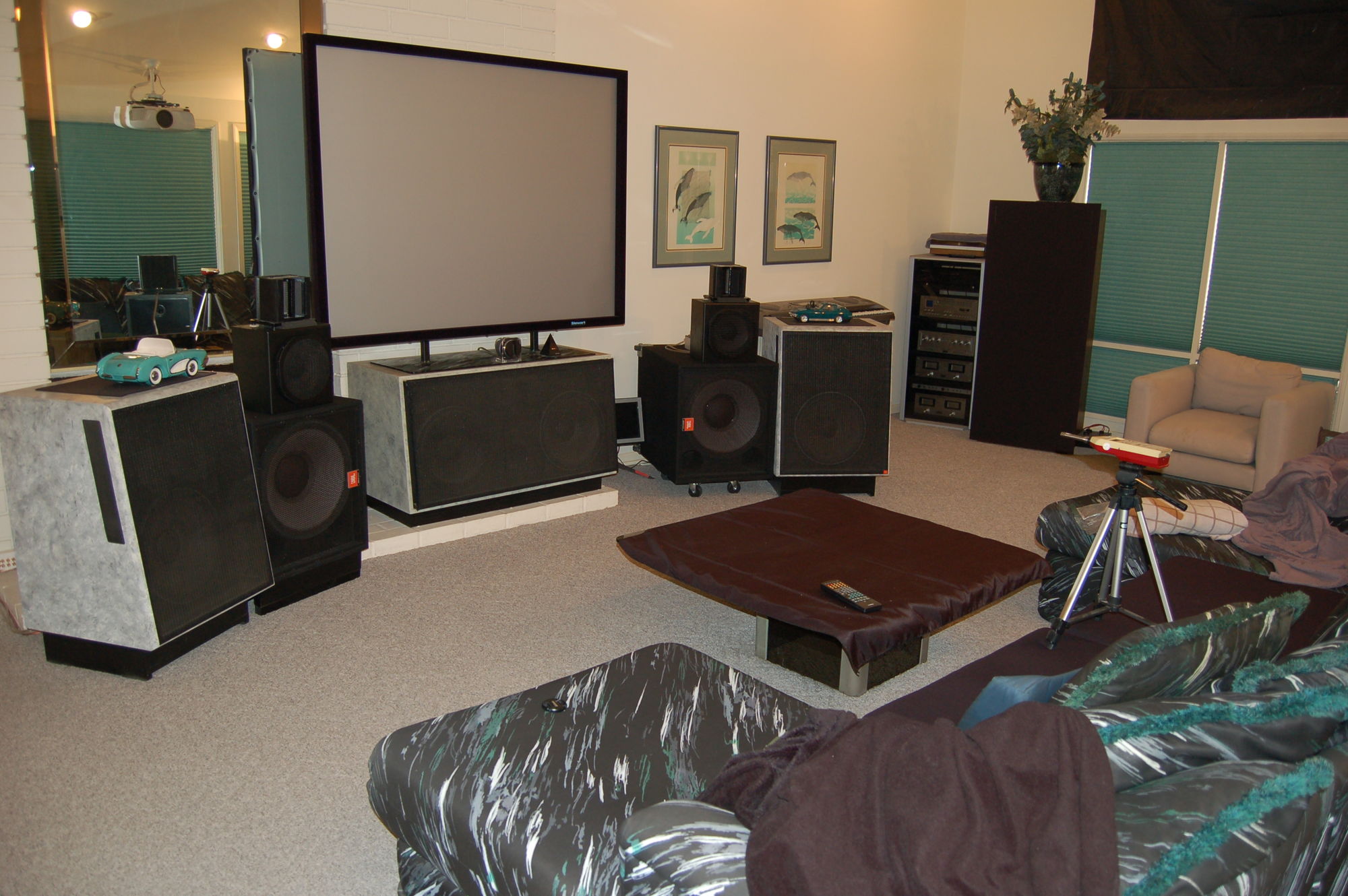I tried to read every post here but too many have confused light waves with sound waves, light travels as a electromagnetic wave composed of photons, all electromagnetic waves travel at the same speed which is the speed of light.
Sound waves are a vibration, does not contain any photons, the vibration alternately compresses and decompresses the air particles next to it, creating a wave that is composed of compressions and refractions. Sound cannot therefore travel through space where there are no particles to create a sound wave.
Everything affects sound when it is in the air there is no free ride it is not a electromagnetic wave...
I copied and pasted the following for those of you in need of quick refresher:
You can calculate the wavelengths of audible sound in air. Audible sounds in air have frequencies that range from roughly 20 Hz to 20 kHz. Not surprisingly, the wavelengths of audible sounds also vary widely. Assuming a speed of sound of 340 m/s,
For 20 Hz sound in air: λ=vf=340m/s20Hz=17m
For 20 kHz sound in air: λ=vf=340m/s20,000Hz=0.017m=1.7cm
This calculation shows that wavelengths of sounds in air are distinctly human sized. The wavelengths range from roughly the diameter of a dime (for the highest frequencies) to roughly the length of a city bus (for the lowest frequencies). For comparison, the wavelengths of visible light are all far smaller than the thickness of a single human hair and have a very narrow range (from roughly 400 to 700 nm).
- The shorter wavelength sound has the higher frequency. Both sounds travel at the same speed.
- When the sound goes from cooler to warmer air, it's speed increases (because sound travels faster in warmer air). The frequency doesn’t change (unless the source changes). Since speed increases and frequency is unchanged, the wavelength must increase. Increasing the number for wave speed in the equation λ=v/f
- without changing the number for frequency will lead to a bigger value for wavelength.


